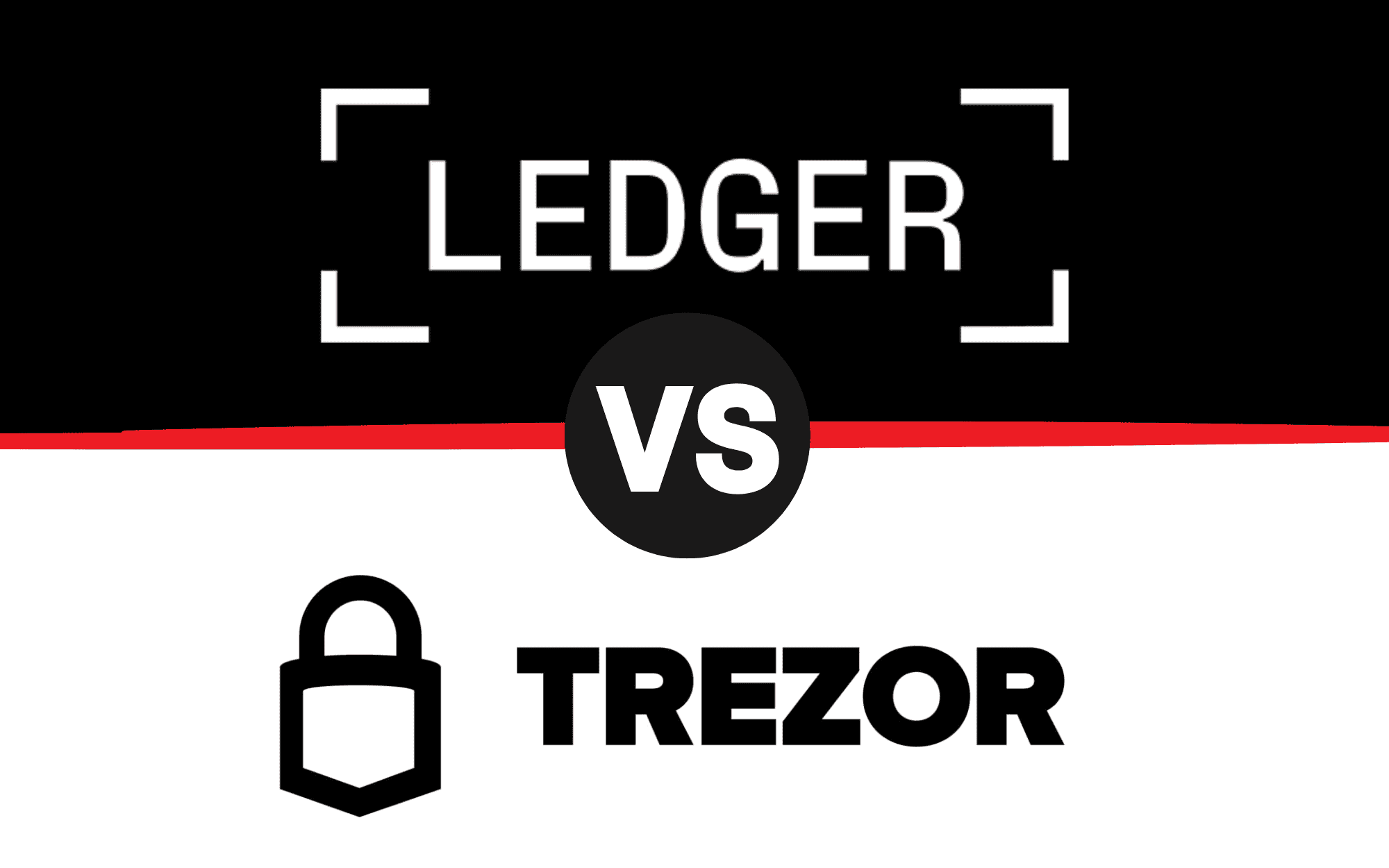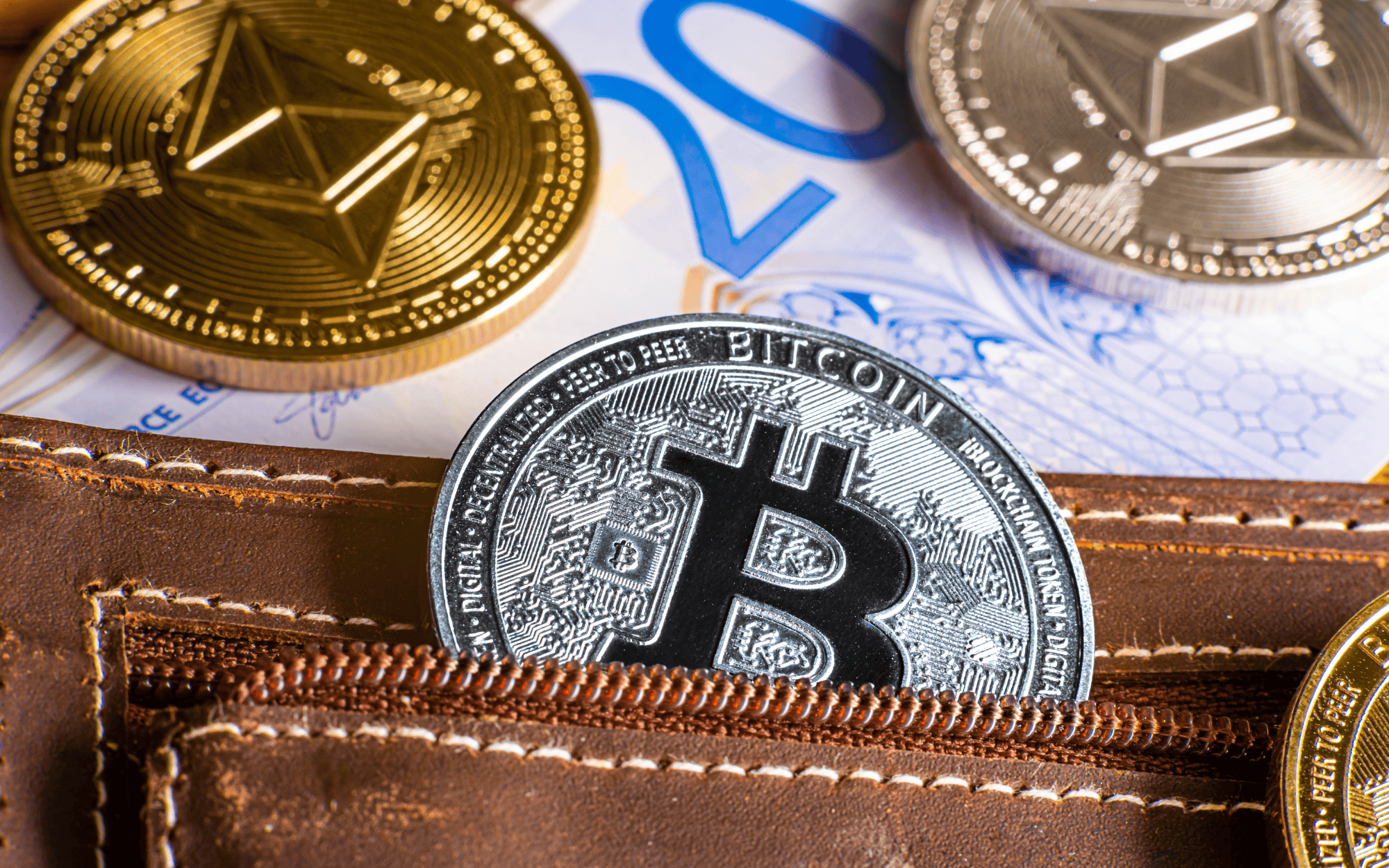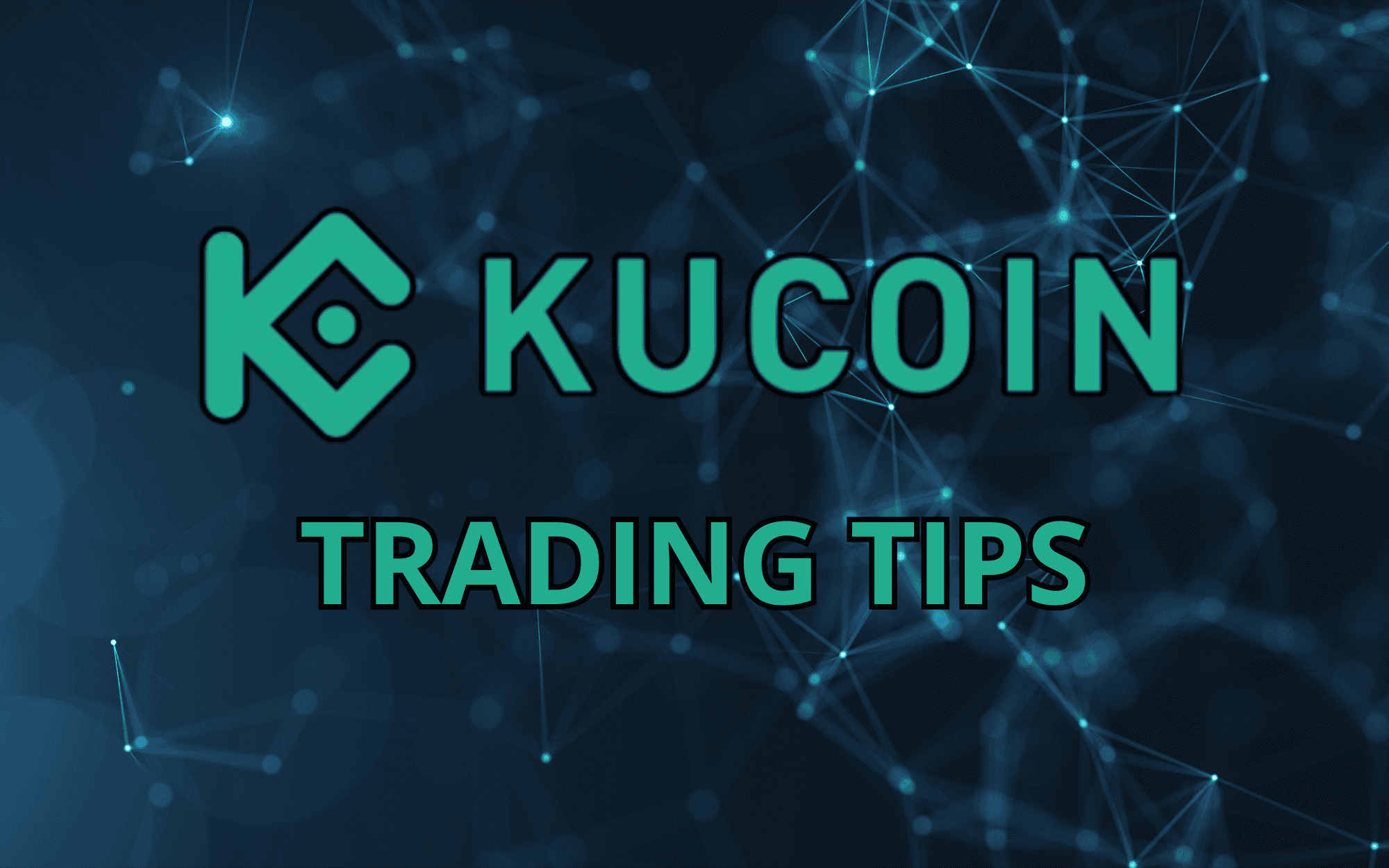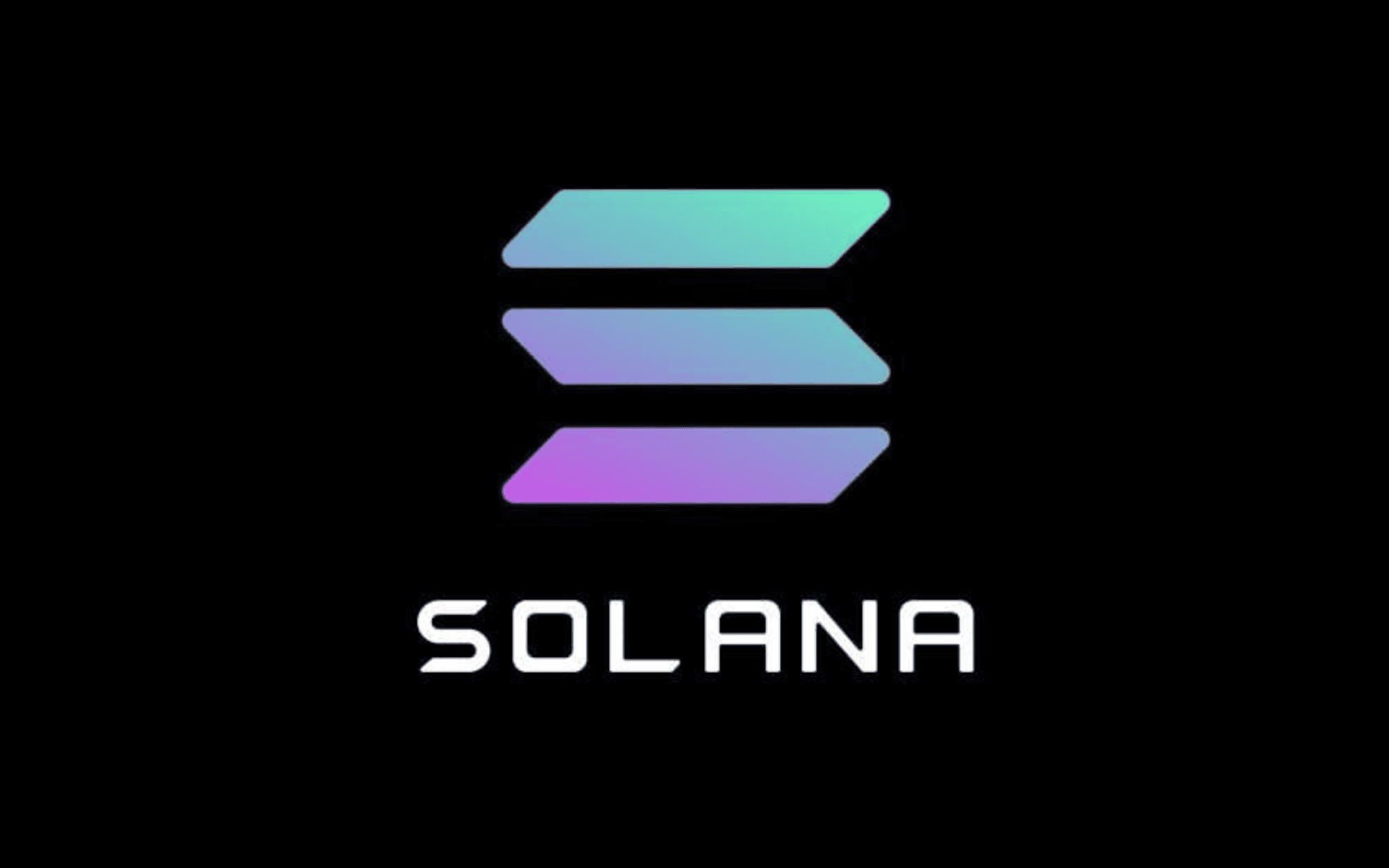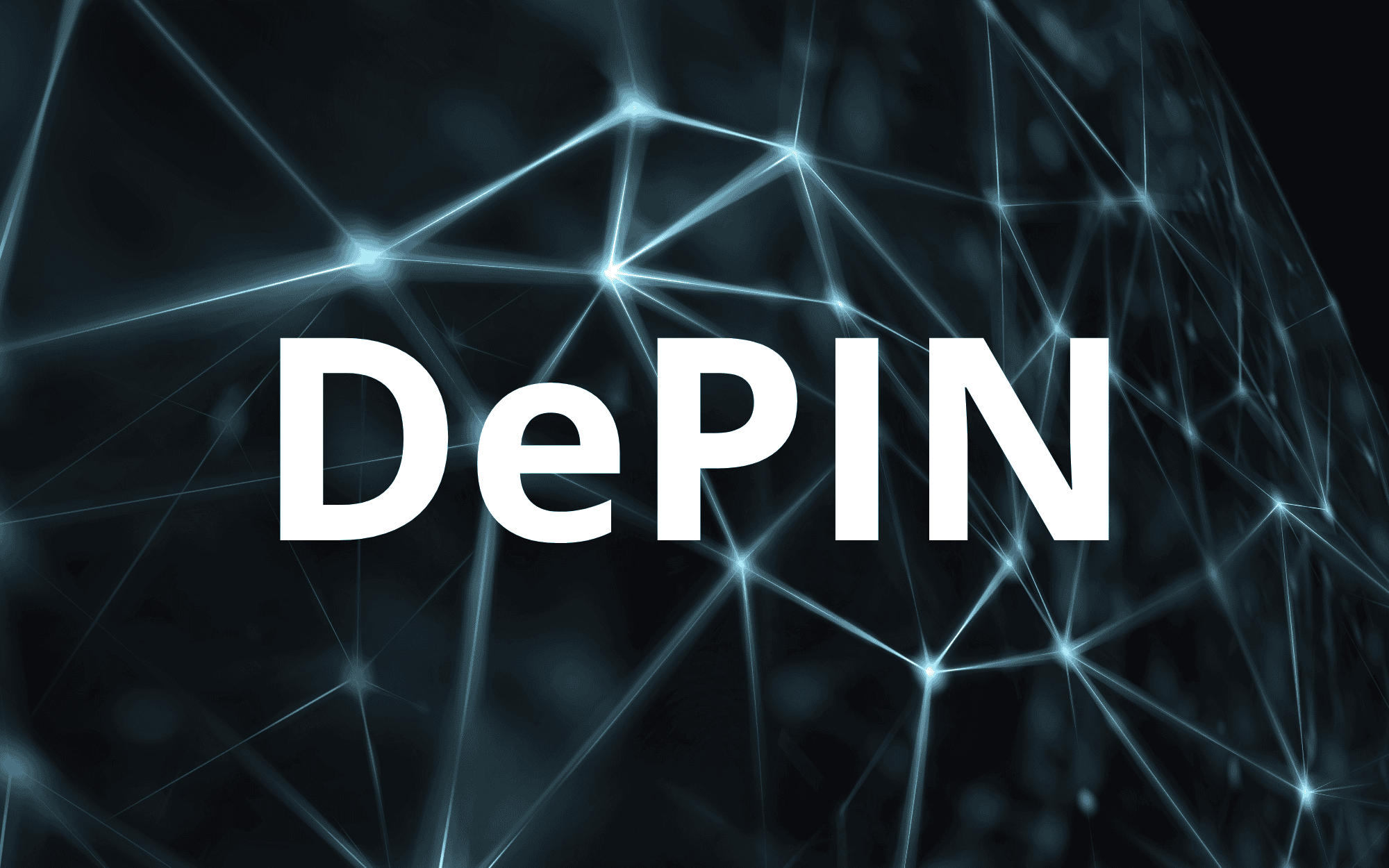Decentralized finance (DeFi) has revolutionized the financial landscape by offering alternatives to traditional banking services. By leveraging blockchain technology, DeFi platforms enable users to borrow, lend, stake, and trade without intermediaries. But how to earn on DeFi effectively? This guide explores popular strategies, platforms, and the risks involved in this fast-growing sector.
DeFi allows you to generate income through mechanisms like liquidity provision, staking, and yield farming. However, with great opportunities come significant risks, such as market volatility, impermanent loss, and smart contract vulnerabilities. This article breaks down each earning method step by step, helping you navigate DeFi with confidence.
1. Popular Strategies to Earn on DeFi
1.1 Liquidity Provision
Liquidity provision involves depositing a pair of tokens into a decentralized exchange (DEX) liquidity pool, such as Uniswap or PancakeSwap. This enables seamless trading between tokens, and in return, liquidity providers (LPs) earn a share of transaction fees.
Key Benefits:
- Fee Sharing: LPs earn passive income through trading fees.
- Market Accessibility: Provide liquidity for popular or niche token pairs.
Key Risks:
- Impermanent Loss: Changes in token prices can reduce your overall profits.
- Platform Security: Vulnerabilities in the DEX smart contract may expose your funds to risks.
Example:
Uniswap liquidity pools often attract high trading volumes, especially for stablecoin pairs like USDC/USDT, minimizing impermanent loss while generating steady income.
1.2 Yield Farming
Yield farming, or liquidity mining, takes liquidity provision a step further by rewarding participants with additional tokens. For example, after providing liquidity on a DEX, you might receive LP tokens, which can be staked in yield farming protocols to earn governance tokens.
Key Benefits:
- High Returns: Multiple reward streams, including LP fees and token incentives.
- Diversification: Opportunities to earn on different platforms simultaneously.
Key Risks:
- Complexity: Farming strategies can involve multiple steps and require monitoring.
- Gas Fees: High transaction costs on blockchains like Ethereum can erode profits.
Example:
On PancakeSwap, users stake CAKE tokens in farms to earn rewards, benefiting from the platform’s low fees and high liquidity.
1.3 Staking
Staking involves locking tokens in a blockchain network or protocol to support its operations, such as transaction validation. In return, stakers earn rewards, typically in the same token.
Key Benefits:
- Predictable Rewards: Staking often offers more stable returns than yield farming.
- Security Contributions: Participants strengthen network security by staking.
Key Risks:
- Illiquidity: Locked tokens may be unavailable for trading or withdrawal for a set period.
- Slashing: In Proof-of-Stake (PoS) networks, misbehaving validators can lose part of their stake.
Example:
Ethereum’s transition to PoS allows users to stake ETH and earn consistent yields while securing the network.
1.4 Lending and Borrowing
DeFi lending protocols like Aave and Compound let users lend their tokens to earn interest or borrow against their assets for liquidity.
Key Benefits:
- Flexible Earnings: Earn interest passively by lending assets.
- Liquidity Access: Borrow without selling your holdings.
Key Risks:
- Liquidation: Collateralized assets may be sold if their value drops below a certain threshold.
- Variable Rates: Interest rates depend on supply-demand dynamics.
Example:
On Aave, depositing DAI allows users to earn interest while maintaining the option to withdraw funds anytime.
2. Risks and Best Practices in DeFi
2.1 Key Risks
- Smart Contract Vulnerabilities: Hacks and bugs can result in loss of funds.
- Market Volatility: Crypto prices can fluctuate wildly, impacting collateralized loans or impermanent loss in pools.
- Regulatory Uncertainty: DeFi operates in a largely unregulated space, creating potential legal risks.
2.2 Best Practices to Earn Safely
- Start Small: Begin with modest investments to familiarize yourself with platforms and risks.
- Diversify: Spread your assets across multiple platforms and strategies.
- Research Thoroughly: Look for audited protocols with transparent governance.
- Monitor Regularly: Keep track of your positions and adjust based on market trends.
Conclusion: How to Earn on DeFi Safely and Effectively
How to earn on DeFi successfully requires a balance of opportunity and caution. Liquidity provision, staking, and yield farming are powerful tools for generating income, but they come with risks like impermanent loss, smart contract exploits, and regulatory challenges.
After researching various DeFi platforms and strategies, our team emphasizes the importance of starting small and prioritizing security. Begin with well-known protocols like Aave or Uniswap and expand as you gain experience. Diversify your holdings, use hardware wallets for storage, and stay informed about market trends to minimize risks.
Ultimately, DeFi offers lucrative opportunities for those willing to explore its possibilities while managing risks effectively.




